Fish is one of those foods that’s always talked about in nutrition articles, but it can still feel confusing to know what’s actually worth buying. Between omega-3s, mercury levels, and sustainability stuff, the seafood section gets overwhelming fast. You don’t need a biology degree to figure it out though. Some fish really do check more boxes than others when it comes to heart health, brain function, and just eating well in general.
This guide keeps it simple. It’s not about chasing trendy superfoods or splurging on wild-caught whatever every week. It’s about the kinds of fish that make sense in a real-life meal plan. Whether you’re doing your first grocery run or just trying to eat a little better without losing your mind, here’s a straightforward list of fish that are genuinely good for you and still taste like food, not homework.
When you’re trying to eat better and focus on simple, healthy meals like grilled salmon or baked cod, having all your recipes in one place makes a real difference. That’s where our app, ReciMe, comes in. It helps you save recipes from anywhere, plan meals for the week, and build grocery lists in seconds, so you’re not scrambling at the store or stuck with decision fatigue at dinner. Whether you’re stocking up on sardines or trying a new trout recipe, ReciMe keeps things organized and easy without making healthy eating feel like a project.


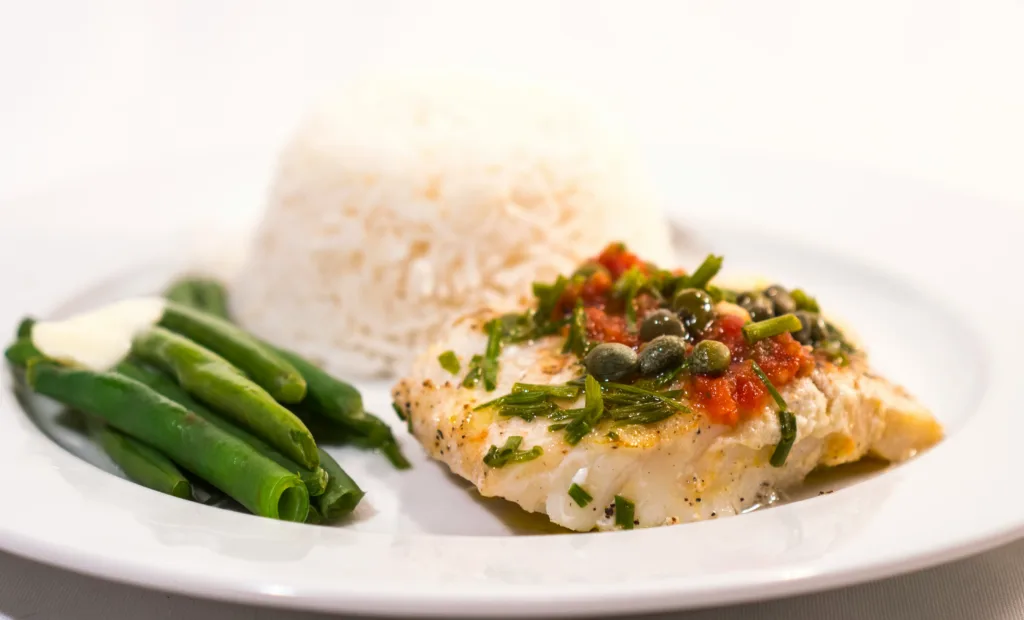
1. Cod
Cod is a mild white fish that’s commonly found in both oceans and kitchens. It’s not flashy, but it’s reliable, easy to cook, and fits into just about any meal plan. With a light texture and a clean flavor, cod works well for people who don’t usually go for strong-tasting fish. Most versions found in stores come from the North Atlantic or Arctic regions, and it’s usually available frozen, making it a convenient option. In terms of nutrition, it offers lean protein without a lot of fat, which makes it a go-to for those looking to manage calories or keep things simple.
People also like cod because it’s not too fishy and can take on flavors from whatever it’s cooked with. Baked, pan-seared, or thrown into a stew, it holds up well without dominating the dish. Just be mindful of where it comes from, since some regions manage their fisheries better than others. For a white fish that checks most of the boxes without trying too hard, cod gets the job done.
Nutritional Info:
- Low in fat
- High in lean protein
- Contains vitamin B12 and niacin
- Good source of phosphorus
Who it’s best for:
- People trying to reduce fat intake
- Those looking for a neutral-tasting fish
- Anyone seeking a good protein source with few calories
- Individuals who prefer familiar, easy-to-cook options
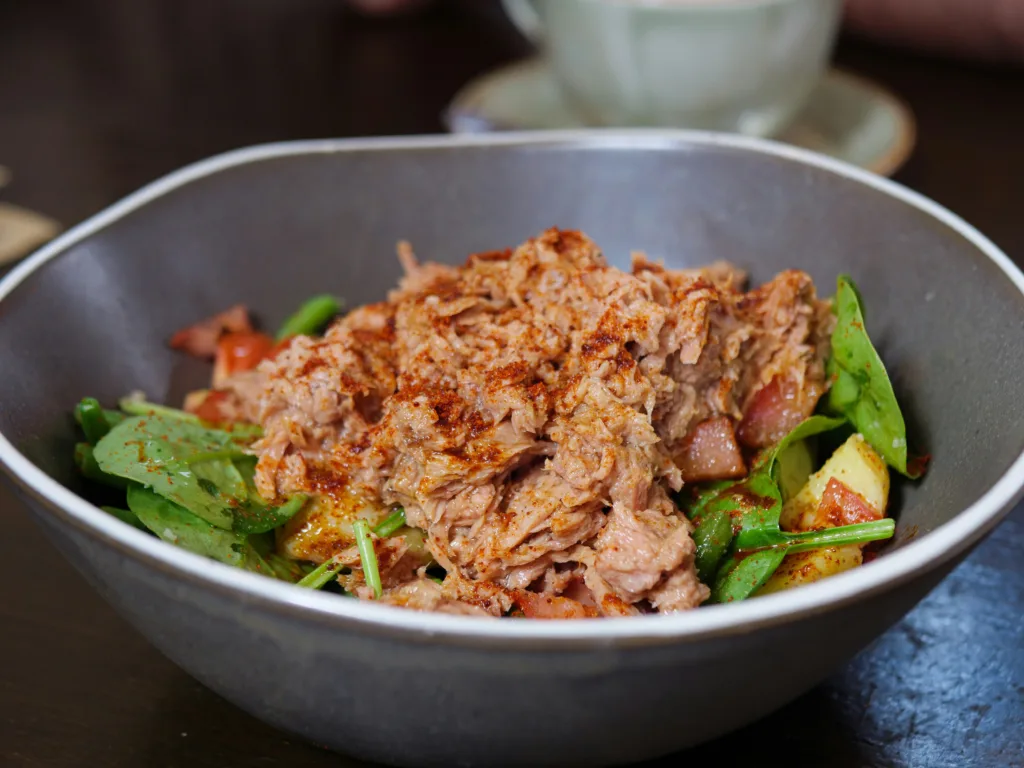
2. Tuna
Tuna is one of those fish that shows up everywhere, from sandwiches to sushi to weeknight salads. It’s got a meaty texture and a strong flavor that holds its own, whether fresh or canned. While it’s high in protein and omega-3 fats, some types of tuna, like albacore or yellowfin, also come with higher mercury levels, which is something to keep in mind. For most people, light or skipjack tuna is a safer bet, especially if you’re eating it regularly.
The canned version is particularly popular because it’s shelf-stable and convenient. It’s easy to toss into a wrap or mix with beans and greens for a quick lunch. Tuna is also pretty satisfying, thanks to the fat and protein combo. Just avoid overdoing it if you’re pregnant or feeding young kids, since mercury content can add up.
Nutritional Info:
- High in protein
- Contains omega-3 fatty acids
- Source of selenium and vitamin B12
- Varies in mercury levels depending on species
Who it’s best for:
- People needing a high-protein meal on the go
- Those who like stronger-flavored fish
- Anyone adding more omega-3s to their diet
- People managing weight who want filling meals
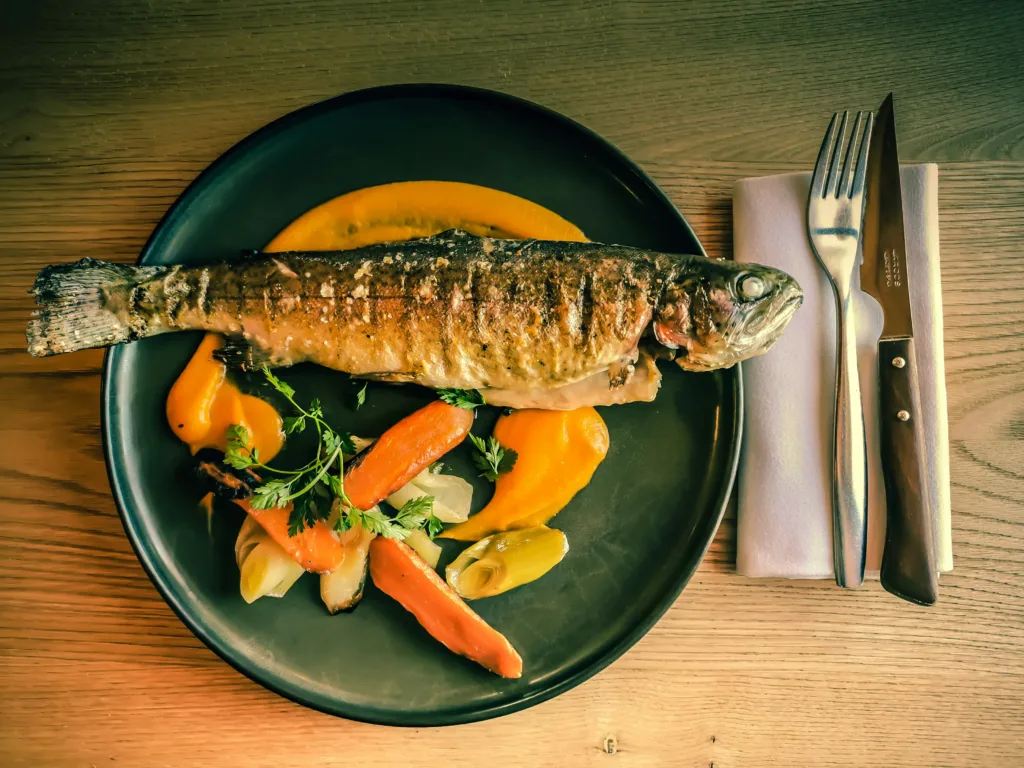
3. Trout
Trout tends to be one of the more approachable fish, both in terms of flavor and sourcing. Farmed rainbow trout, in particular, is widely available and raised in a way that keeps contaminants low. The taste is a bit richer than plain white fish but still mild enough for most palates. It’s also a solid pick nutritionally, especially when it comes to vitamin B12 and omega-3s.
Cooking trout is pretty straightforward, whether you’re baking it whole or using fillets. It’s a good middle ground between the leaner white fish and the heavier oily ones. Plus, it tends to show up in both freshwater and coastal recipes, which makes it a flexible choice depending on where you’re shopping or eating.
Nutritional Info:
- High in omega-3 fatty acids
- Rich in vitamin B12
- Good source of protein
- Contains potassium and selenium
Who it’s best for:
- People wanting a heart-friendly fish
- Those who prefer moderate flavor
- Individuals avoiding high-mercury seafood
- Home cooks looking for versatility
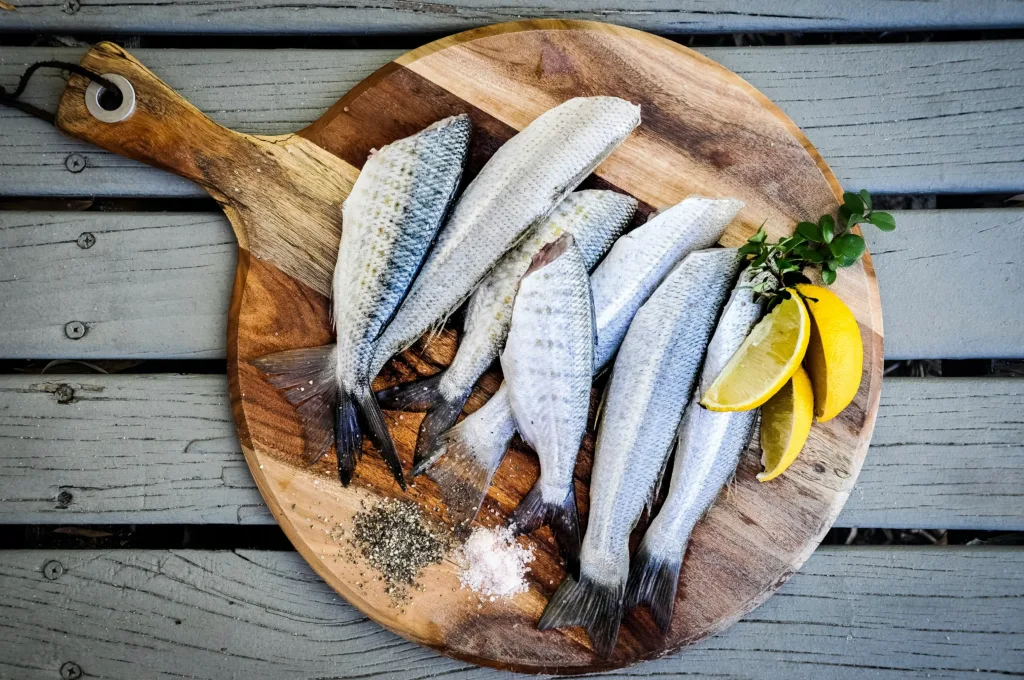
4. Pacific Chub Mackerel
Pacific chub mackerel is an oily fish with a strong personality. It’s definitely more intense in taste compared to milder options like cod or perch, but it brings a lot to the table nutritionally. It’s loaded with omega-3 fats and tends to be lower in mercury than its cousin, king mackerel. It’s also considered an ocean-friendly pick when caught with the right gear.
This fish works best in bold recipes. Think spicy sauces, tangy marinades, or smoky grilling. It’s not something you toss in a salad raw, but if you enjoy fish that tastes like the sea, this one fits the bill. It’s often found canned or fresh in certain markets.
Nutritional Info:
- High in omega-3 fatty acids
- Good source of protein
- Contains selenium and B vitamins
- Lower in mercury than king mackerel
Who it’s best for:
- People who enjoy bold, rich flavors
- Those looking to boost omega-3 intake
- Cooks who use strong seasonings
- Environmentally conscious seafood eaters

5. Striped Bass
Striped bass can be either wild or farmed, and both types show up in a lot of kitchens. It has a firm texture and a clean flavor that works in a bunch of dishes, from grilled fillets to baked casseroles. The nutritional value is solid, with good protein and fat content, plus some omega-3s. It’s not usually the first fish people reach for, but it’s reliable once you get to know it.
When sourced responsibly, striped bass is also a fairly sustainable option. It’s a great pick if you’re bored of salmon and want something different without getting too adventurous. It also holds up well to grilling, which makes it a favorite for warm-weather cooking.
Nutritional Info:
- Moderate omega-3 content
- High in protein
- Source of vitamin B12
- Contains selenium and phosphorus
Who it’s best for:
- Grilling enthusiasts
- People looking for a firm, flavorful fish
- Anyone mixing up their usual seafood picks
- Those seeking moderate omega-3s without a heavy taste

6. Char
Char is one of those lesser-known fish that quietly does everything right. It looks a lot like salmon and tastes like something between salmon and trout. The texture is firm but not dry, and it holds together nicely during cooking. Nutritionally, it’s full of healthy fats and protein, which makes it a smart choice for balanced meals.
Most Arctic char you’ll find is farm-raised in inland systems, which usually means fewer environmental issues. It’s a solid option for people who want the benefits of salmon without the stronger taste. It also takes well to baking, pan-searing, or even smoking.
Nutritional Info:
- Rich in omega-3 fatty acids
- High in protein
- Source of vitamin D and B12
- Contains selenium and phosphorus
Who it’s best for:
- People looking for a milder salmon alternative
- Those who want consistent texture
- Anyone interested in sustainable farmed fish
- Folks eating seafood regularly for heart health
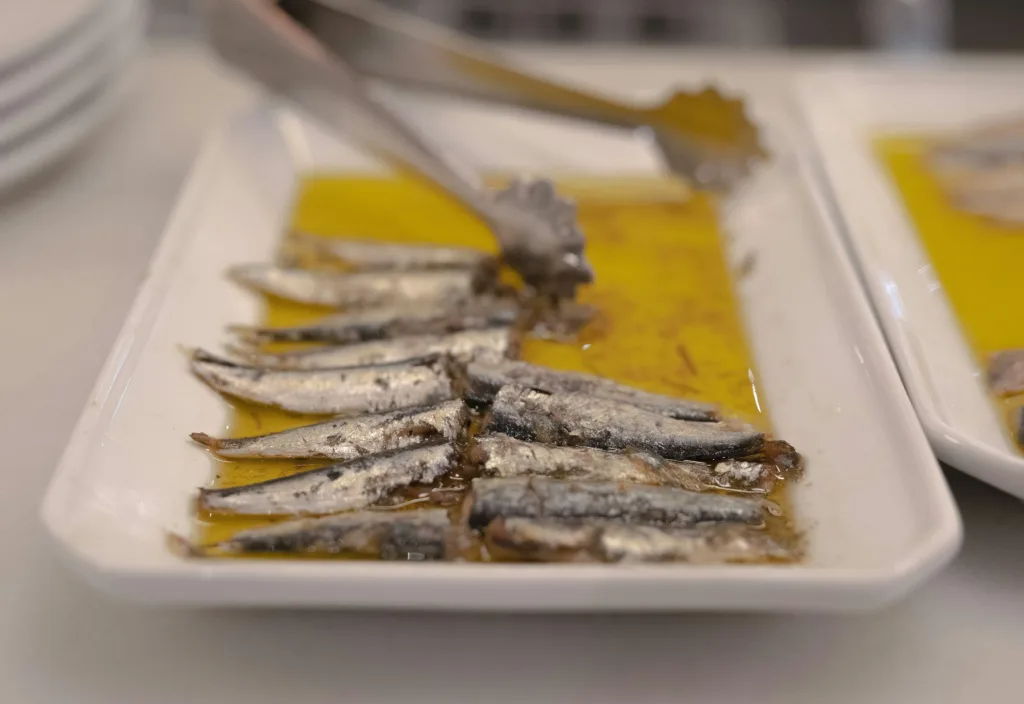
7. Anchovies
Anchovies are tiny, salty, and often misunderstood. Most people know them from pizza or Caesar dressing, but they’re much more than that. These little fish are packed with nutrients, especially calcium and omega-3s, since you typically eat them whole, bones and all. They’re often sold cured or canned, and their strong flavor makes them better as an ingredient than a main dish.
If you’re looking for an easy way to boost the nutritional value of a meal, a few anchovies go a long way. They melt into sauces, add depth to dressings, and work surprisingly well in pasta dishes. They’re not for everyone, but they definitely pull their weight in a small package.
Nutritional Info:
- High in calcium
- Rich in omega-3 fatty acids
- Contains protein and vitamin D
- Source of iron and selenium
Who it’s best for:
- People needing more calcium
- Fans of bold, salty flavors
- Cooks looking to boost umami
- Those who want nutrient-dense pantry staples
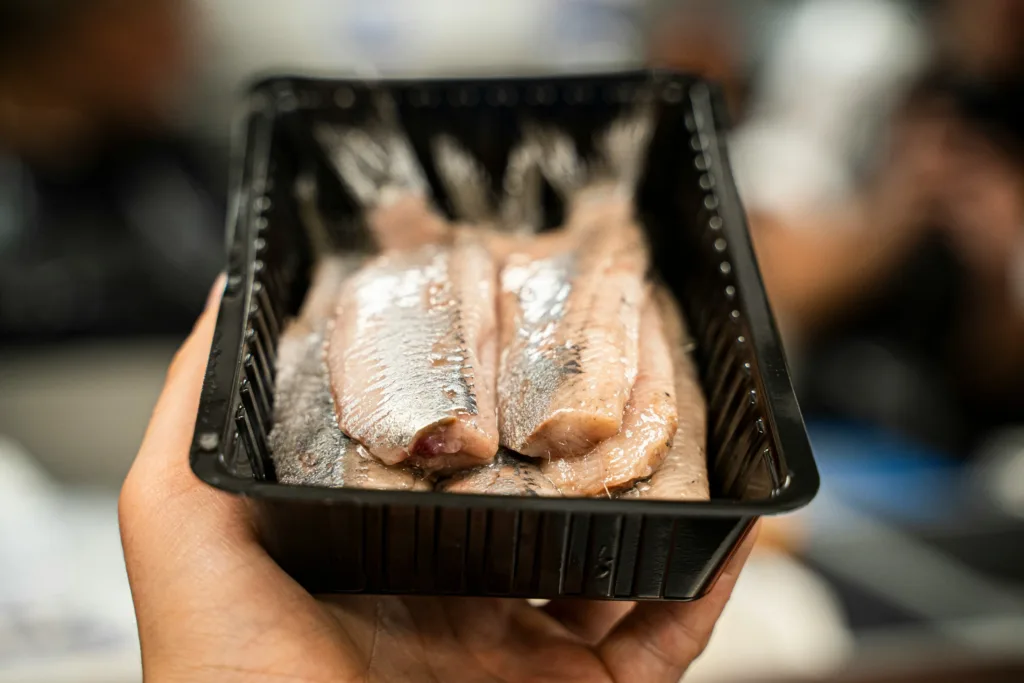
8. Herring
Herring is a small, oily fish that’s especially popular in Nordic and Eastern European diets. You’ll often find it smoked, pickled, or canned, though it’s also available fresh. It’s loaded with omega-3 fats and vitamin D, making it a solid nutritional pick. The flavor is rich and a bit briny, especially when cured, but fresh herring is milder than most people expect.
It’s the kind of fish that shows up in traditional dishes more than modern ones, but it’s worth trying if you’re looking to expand your options. Pairing it with rye bread or something acidic like vinegar balances the richness. Just watch the sodium content if you’re going for smoked or pickled versions.
Nutritional Info:
- High in omega-3 fatty acids
- Rich in vitamin D
- Contains selenium and vitamin B12
- Source of protein
Who it’s best for:
- People looking for traditional oily fish
- Those needing more vitamin D
- Anyone who enjoys bold, cured seafood
- Fans of pickled or smoked flavors
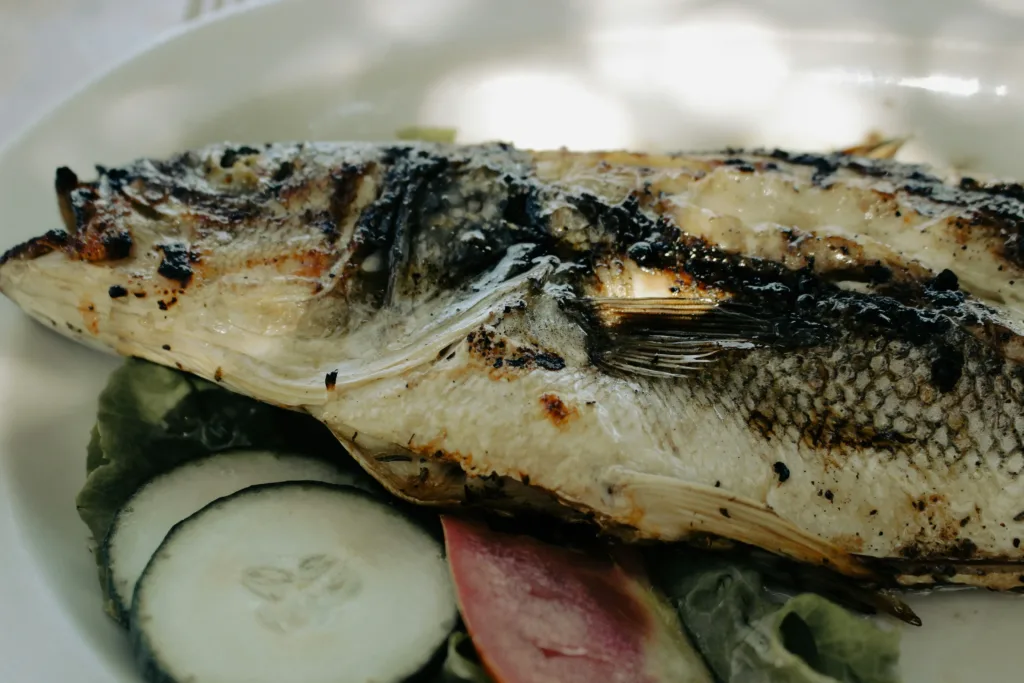
9. Mahi-mahi
Mahi-mahi is a tropical fish known for its firm texture and mild, slightly sweet taste. It holds up well to grilling and searing, which makes it a common choice for tacos, skewers, or fish sandwiches. While it’s not as oily as salmon or mackerel, it still provides a decent amount of protein and healthy fats.
One thing to note is that sustainability varies depending on where it’s caught. U.S.-sourced mahi-mahi is usually considered a better option than imported types caught with longline gear. It’s a nice alternative if you’re not into fishy flavors but want something hearty and satisfying.
Nutritional Info:
- Moderate in omega-3s
- High in protein
- Contains B vitamins and potassium
- Low in saturated fat
Who it’s best for:
- People who like grilling fish
- Those who prefer a mild taste
- Anyone looking for lean protein
- Home cooks wanting firm, easy-to-handle fillets
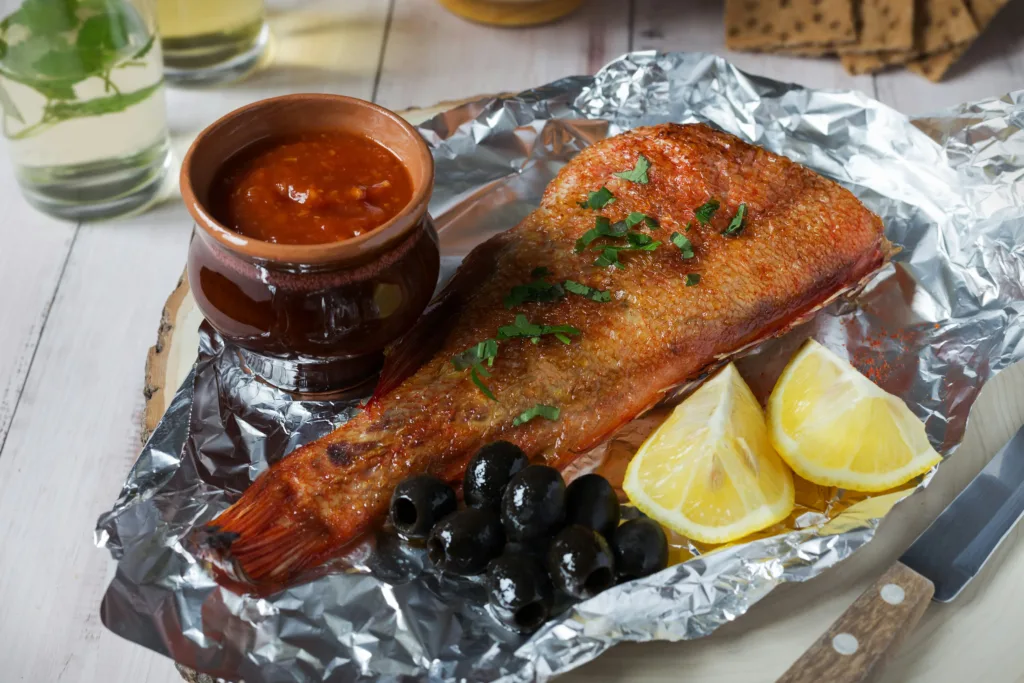
10. Perch
Perch is a freshwater or ocean fish with a light, clean flavor and flaky texture. It’s not as commonly talked about as salmon or tuna, but it’s widely available and easy to prepare. Its mild taste makes it a good choice for people who aren’t sure about fish or who want something versatile for weeknight dinners.
Nutritionally, it’s a solid source of protein and contains important nutrients like vitamin B12 and phosphorus. It’s not high in fat, which makes it a lighter option compared to oily fish. Breaded, baked, or pan-fried, perch can be adapted to a range of cooking styles without overpowering a dish.
Nutritional Info:
- Lean protein
- Low in fat
- Source of vitamin B12 and phosphorus
- Contains selenium
Who it’s best for:
- People who want a neutral-tasting fish
- Those looking for a lean option
- Picky eaters or kids new to seafood
- Anyone making light, everyday meals
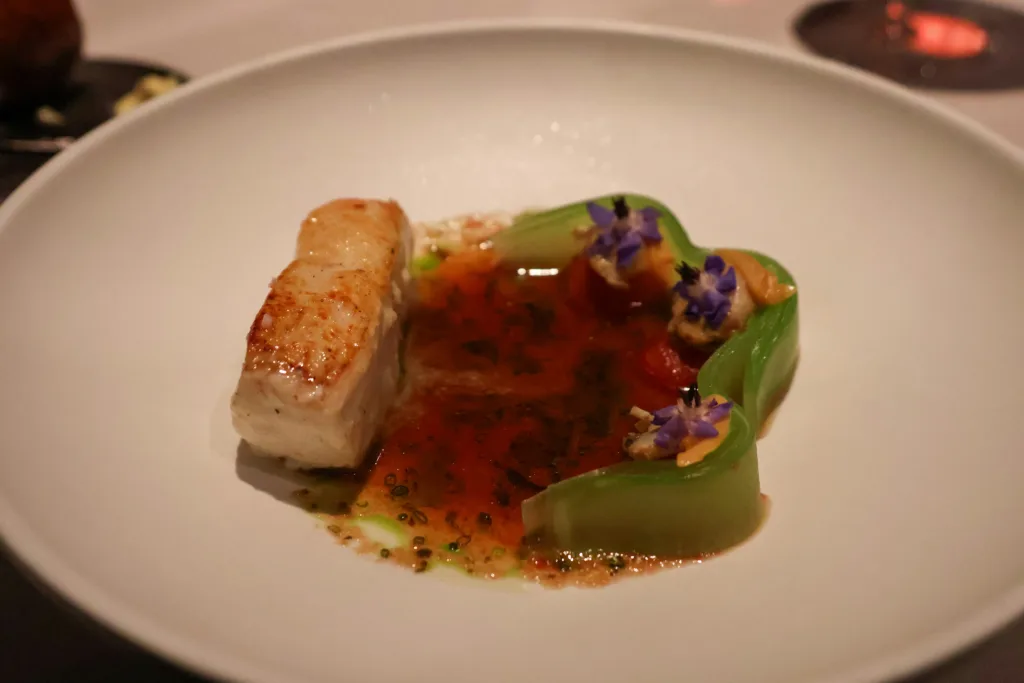
11. Halibut
Halibut is a large flatfish known for its meaty texture and clean flavor. It’s denser than many white fish, which makes it feel more substantial on the plate. When it comes to nutrition, it’s a lean source of protein with a decent amount of B vitamins and selenium. It’s not the oiliest option, but still has a little healthy fat.
Atlantic halibut, however, is overfished in some areas, so Pacific halibut is usually the better choice if sustainability is a concern. Whether baked, grilled, or broiled, halibut works well in recipes where you want a fish that won’t fall apart.
Nutritional Info:
- Lean protein
- Contains vitamin B6, B12, and niacin
- Good source of selenium
- Low in saturated fat
Who it’s best for:
- People who prefer a steak-like fish
- Those needing high-protein, low-fat meals
- Cooks looking for fish that holds its shape
- Anyone concerned with overfishing (opt for Pacific)
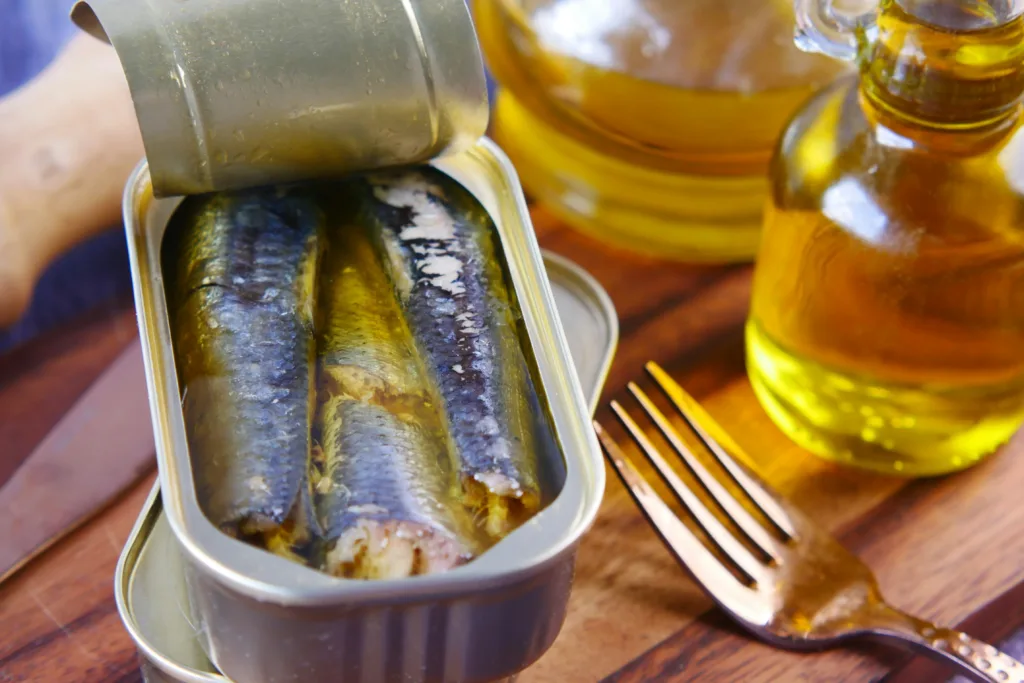
12. Sardines
Sardines are small but packed with nutrients. Usually eaten canned, they include the bones and skin, which makes them unusually high in calcium. They’re also rich in omega-3s, vitamin D, and protein. Because of their small size and short lifespan, sardines tend to have low mercury levels and are generally considered safe to eat regularly.
Not everyone loves the taste, but sardines can be surprisingly good when paired with sharp flavors like lemon, garlic, or mustard. They also make a solid pantry staple for quick meals, whether on toast, tossed with pasta, or added to a salad.
Nutritional Info:
- High in omega-3 fatty acids
- Excellent source of calcium
- Rich in vitamin D and B12
- Contains protein and selenium
Who it’s best for:
- People needing more calcium or vitamin D
- Those following low-mercury diets
- Anyone looking for shelf-stable protein
- Fans of bold, salty seafood
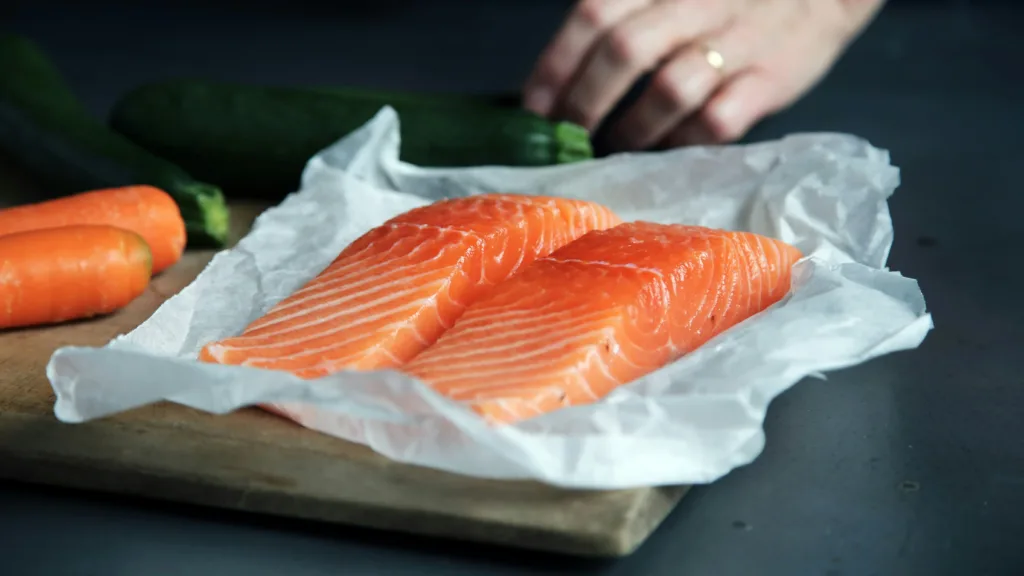
13. Salmon
Salmon is probably one of the most well-known healthy fish, and it lives up to the hype. It’s high in omega-3 fatty acids, packed with protein, and rich in vitamins like B12 and D. Wild-caught salmon is generally considered a better option for both nutrition and sustainability, but canned salmon is also a strong, budget-friendly alternative.
It’s incredibly versatile in the kitchen and works in a wide range of dishes. From simple grilled fillets to pasta dishes and salads, salmon does a lot of heavy lifting. Just keep in mind that smoked versions, while tasty, are higher in sodium and best eaten in moderation.
Nutritional Info:
- High in omega-3s
- Rich in protein
- Contains vitamin D and B12
- Source of selenium and potassium
Who it’s best for:
- People focused on heart and brain health
- Those looking for reliable, versatile seafood
- Anyone aiming to boost omega-3 intake
- Home cooks wanting easy and adaptable ingredients

14. Rainbow Trout
Rainbow trout is another solid pick for healthy eating. It’s technically the same species as steelhead trout, and farmed versions are common in the U.S. These are usually raised in freshwater systems that keep pollutants to a minimum. It has a mild, slightly nutty flavor and cooks quickly, making it good for weeknight meals.
The nutritional profile is impressive for a fish that flies a bit under the radar. It’s rich in omega-3 fats, full of protein, and loaded with B12. It’s a nice alternative to salmon if you’re looking for something similar but a bit lighter.
Nutritional Info:
- High in omega-3s
- Good source of vitamin B12
- Rich in protein
- Contains potassium and selenium
Who it’s best for:
- People who want a lighter salmon alternative
- Those needing quick and easy meals
- Home cooks looking for low-mercury options
- Anyone increasing seafood intake without going too bold
Conclusion
Eating healthy doesn’t have to be complicated, and fish is one of those ingredients that quietly makes everything a bit easier. Whether you’re cooking for one or feeding a full table, there’s something practical and satisfying about tossing a fillet in the oven or pan and knowing you’re doing something good for your body. The fish on this list aren’t just “healthy” in theory – they’re actually doable. You can find them at most grocery stores, they don’t take a culinary degree to prep, and they give you a solid mix of flavor and nutrition without feeling like you’re stuck in a diet rut.
At the end of the day, the best fish for your routine is the one you’ll actually cook. Maybe that’s sardines on toast, or maybe it’s trout with roasted veggies on a Tuesday night. The goal isn’t perfection – it’s building habits that feel good and fit into real life. So pick a few options from the list that sound manageable, give them a shot, and go from there. You don’t need to overhaul your kitchen or your identity as a cook. Just keep things simple, keep it flexible, and let the good stuff build from there.
